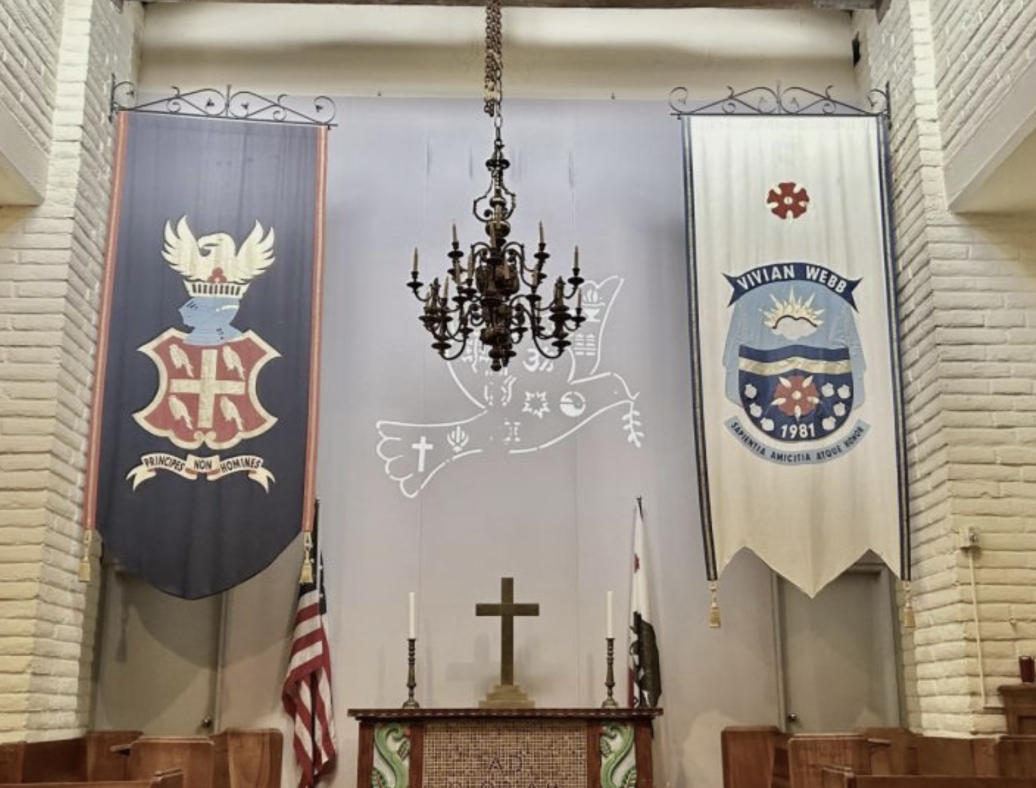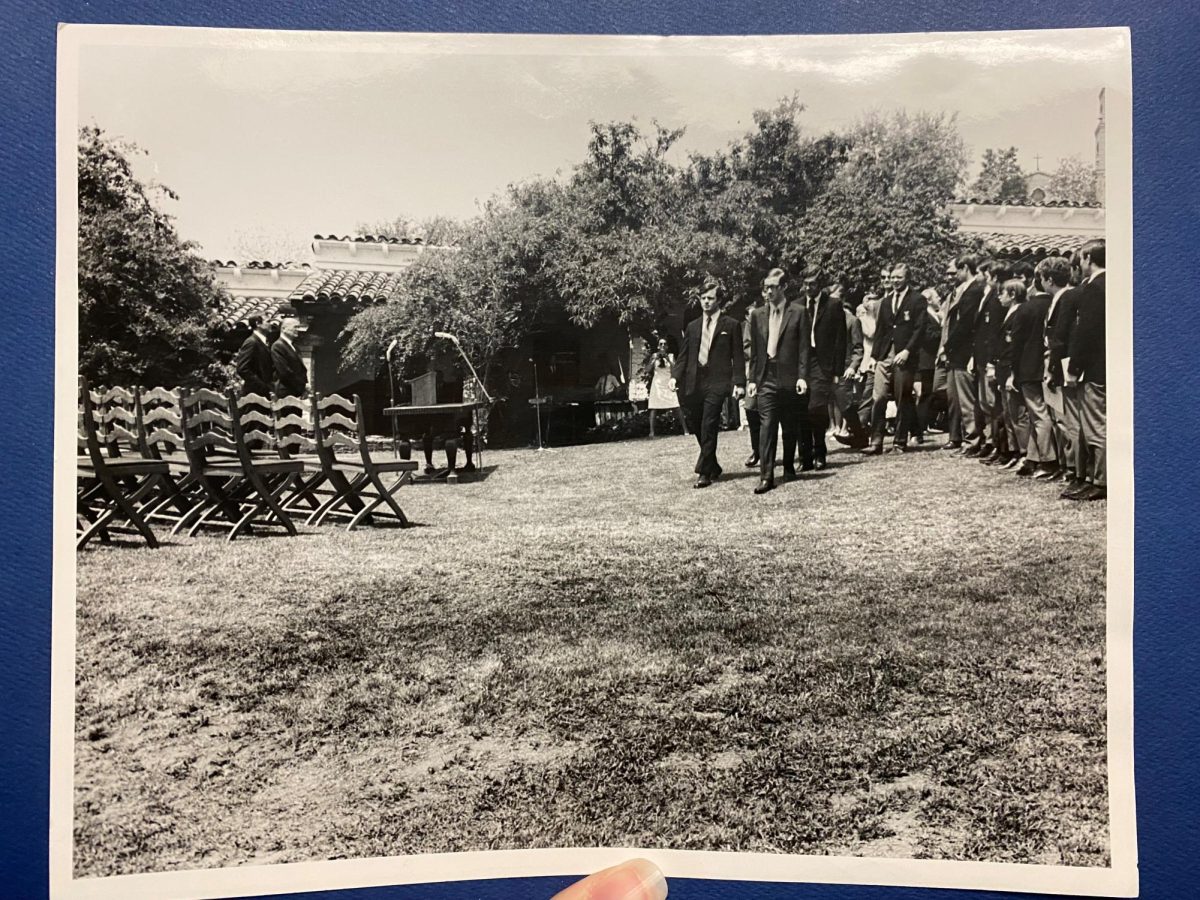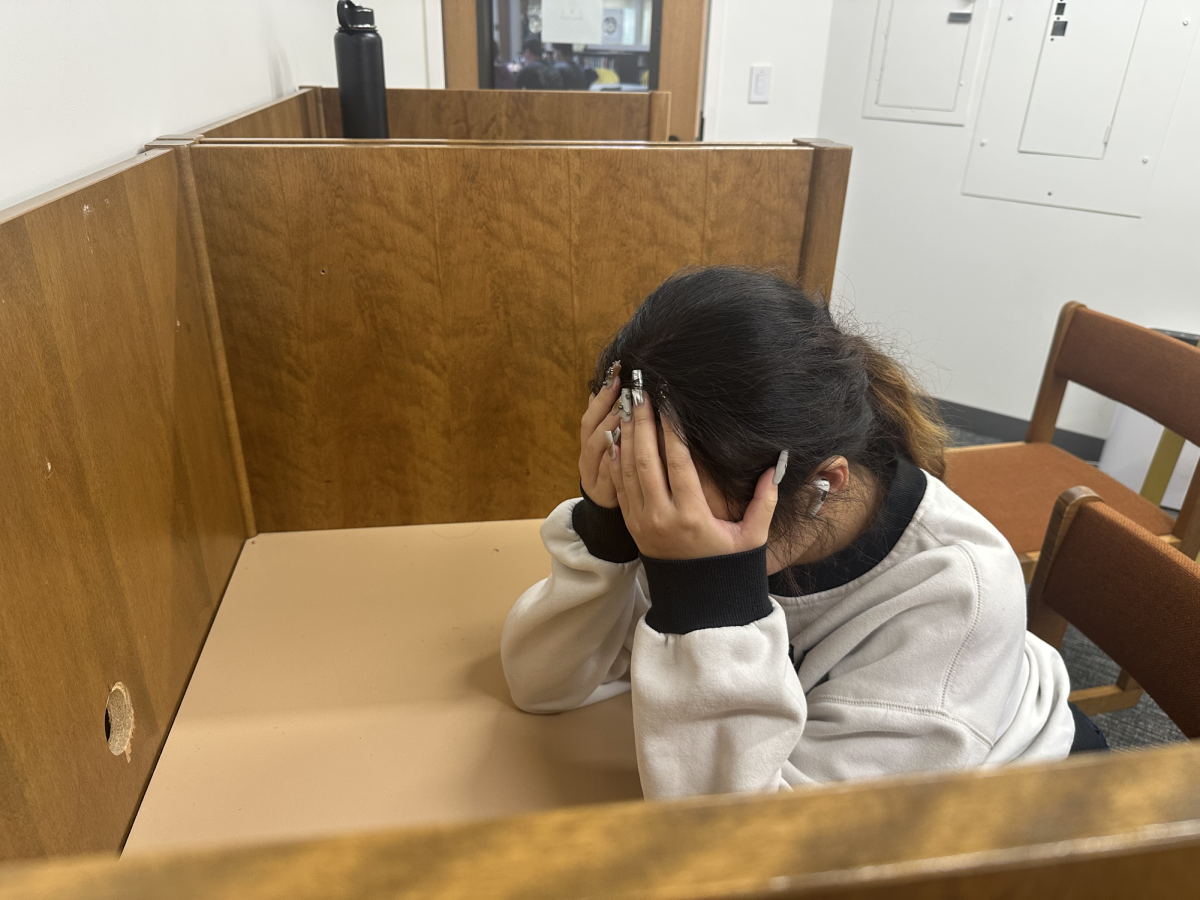It is a blisteringly hot August day at the beginning of the new school year; changing into athletic clothes in Stockdale, you prepare to walk up the long steep gym hill for volleyball practice. With the heat scorching on your back, you reach the flat end of the hill leading up to the gym, all you can think about is cooling off.
Yet, as you enter the gym, you’re met with sweltering heat. Even with the giant fan sitting in the corner of the gym, the lack of air conditioning heats up the whole gym making it feel more suffocating than outside.
With multiple sports and afternoon activities hosted in the gym during all three seasons, it is important that the school implements air conditioning, especially throughout the year when temperatures can be extreme.
In early September 2024, an extreme heat wave in Southern California reached record breaking temperatures that have not been experienced since 2020. Areas including Claremont reached up to 100 and 106 degrees. During an extreme heat wave, lacking access to proper resources that allows for cooling off and ventilation is extremely dangerous.
According to the CDC, individuals in heat stroke have higher chances of experiencing heatstroke, headaches, muscle cramps, and nausea if they do not properly cool down. These medical complications can be prevented by staying in a cool environment during physical activities, which can be achieved with the help of air conditioning.
Even when the weather is not an extreme heat wave, there are still other areas of health and safety concerns for athletes.
“[Basketball is] a little bit more difficult to play,” Nate Llorens (‘27) said. “Like, it gets tiring, especially in the weight room. There’s no air conditioning. It’s really, really hot”. Though basketball is a winter sport, excessive warmth is built in the gym due to no air conditioning.
Another area of health concern is the absence of ventilation, stemming from the lack of air flow.
“Whenever someone gets sick in the wrestling room, the whole team gets sick because there’s no ventilation in the gym and [sickness] spreads so easily, so it’s harmful to our health and safety,” Grace Zhu (‘25) said. “Adding air conditioning could really help resolve this issue.”
None of these issues are new — it’s crucial that we address them as soon as possible.
“Most gyms at that time weren’t being built with air conditioning. I just think that was kind of standard at the time,” said Steve Wishek, Director of Athletics and Afternoon Activities.
With Southern California’s extreme temperatures and heatwaves, proper ventilation and cooling systems in places where physical activities take place is crucial.
“The topic of air conditioning in the gym is brought up many times a year. Parents, athletes, alumni, visiting schools and game officials have all asked for it,” said Danny Reyes, Athletics Equipment Manager, “It would be very plausible to implement air conditioning in the gym. The biggest push back is the cost.”
Bringing forward this change could cost Webb upward of three thousand dollars, but it is crucial to insure the health and safety of Webb’s students.
Though implementing air conditioning will require financial contribution to install or reconstruct segments of the gym, it is an investment that will ultimately support student athletes and mitigate health concerns.






![Many Webb students spend their free time in the library watching a popular TV show like Riverdale and Euphoria. “Based off what I’ve seen, like in Euphoria, because the actors are older, they don't showcase an actual high school life properly,” Sochika Ndibe (‘26) said. “Since [the actors] are older [and] playing a teenager, from a girl’s perspective, it is going to make you think you should look more developed at a young age.” The actor, who plays Veronica Lodge, was 22 years old at the time of filming.](https://webbcanyonchronicle.com/wp-content/uploads/2025/03/Antecol-Media-affects-how-society-functions-graphic-1200x900.png)









